Nature, in her infinite wisdom, has crafted a canvas of colors and shapes, presenting us with flowers that possess not only aesthetic beauty but also cultural significance and ecological importance. The allure of flowers transcends their visual appeal; they symbolize emotions, mark milestones, and anchor various traditions across cultures. These stunning blooms can provoke nostalgia, invoke celebration, or even heal the soul. As we delve into a guide of the 20 most beautiful flowers around the world, we uncover tales rooted in their histories, unique characteristics, and the ideals they represent. For instance, the elegant Camellia, known for its glossy leaves and rose-like blooms, reflects grace and affection as it sweeps through gardens from Asia to Europe, symbolizing admiration and deep love. Meanwhile, the Royal Iris, with its rich hues and intricate petal structure, doesn’t just captivate admirers; it has woven itself into royal symbolism, signifying majesty and hope. This interplay between aesthetics and meaning invites us to ponder: what drives our fascination with these exquisite creations?
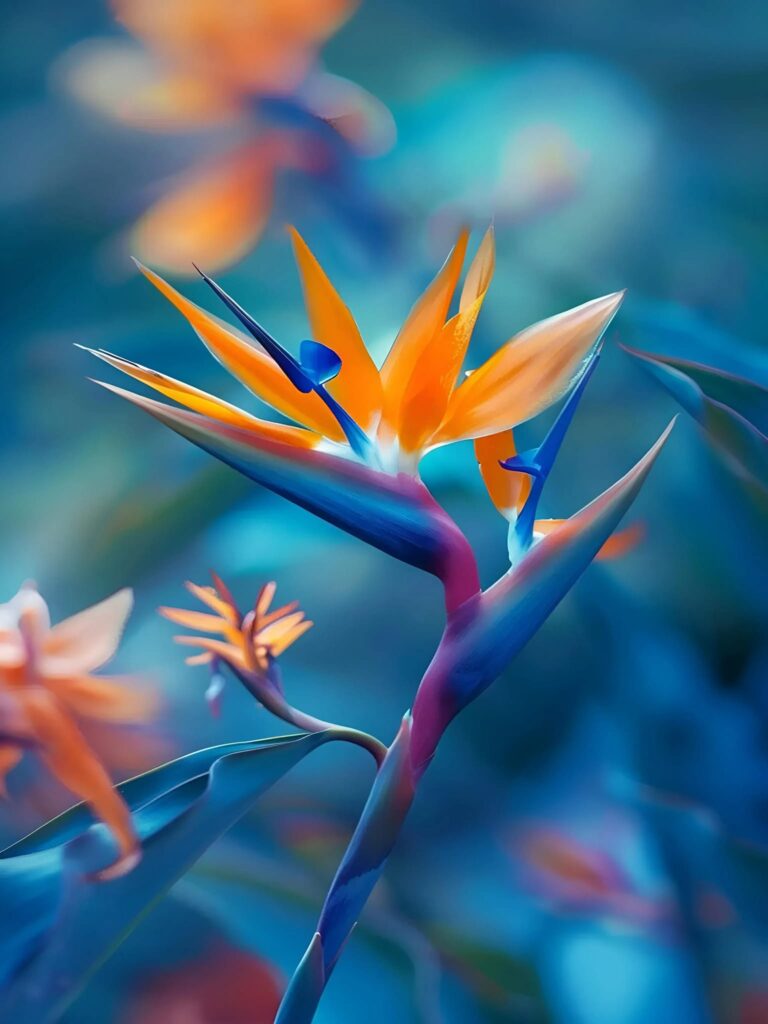
Diverse Forms of Beauty
When discussing the most beautiful flowers, one must consider the diversity in form and function among them. Take, for example, the Orchid—known for its exotic appearance and complexity, it thrives in habitats ranging from tropical rainforests to arid deserts. Orchids exemplify the principle of adaptability; some species can bloom even without soil, showcasing resilience akin to life itself. This remarkable trait, along with their breathtaking hues—ranging from vibrant purples to soft whites—makes them a staple in floral arrangements and an emblem of luxury and sophistication in many cultures.
The Camellia, with its lush, glossy leaves and rose-like blooms, captivates the senses with its elegant simplicity. Its allure transcends mere aesthetics, as it has become a symbol of grace, admiration, and deep love, especially in Asian cultures. The Camellia’s journey has taken it from the gardens of China and Japan to the formal landscapes of Europe, where it continues to enchant with its timeless beauty.
The Royal Iris, with its regal hues and intricate petal structure, stands as a testament to the intersection of nature and human culture. Deeply rooted in royal symbolism, the Iris represents majesty, hope, and the divine. Its presence in the gardens of palaces and cathedrals has cemented its status as a flower of reverence and nobility.
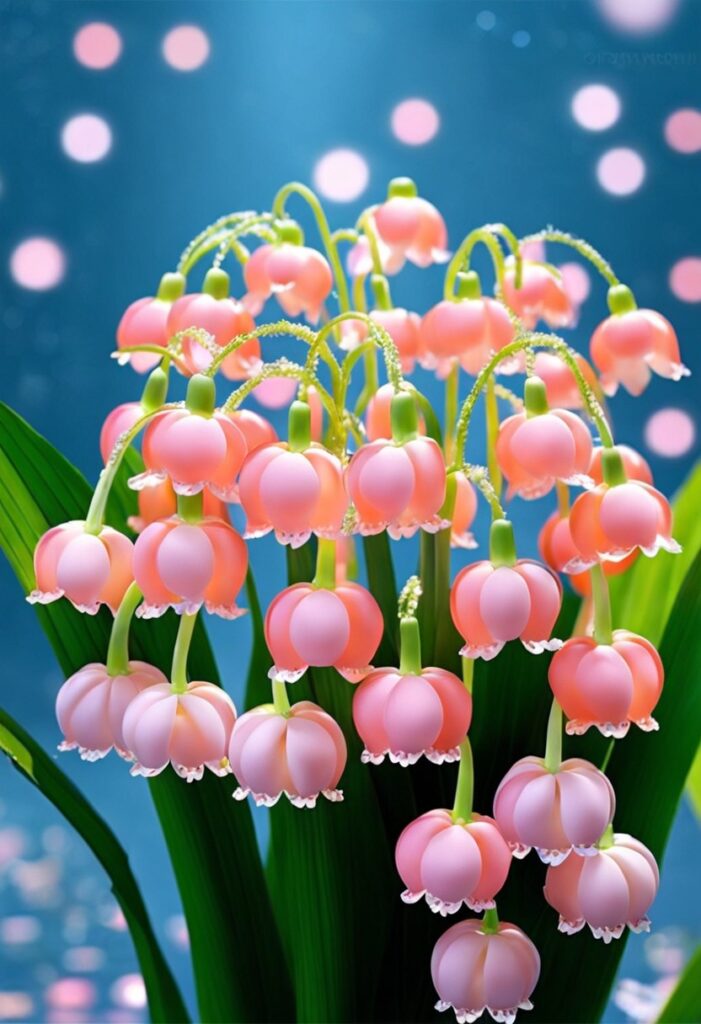
Another captivating bloom is the Sunflower, which radiates joy and cheerfulness with its vibrant petals and prominent center. Beyond its aesthetic appeal, the Sunflower holds cultural significance, symbolizing loyalty, adoration, and the unifying power of the sun. Intertwined with agricultural practices, the Sunflower’s seeds serve essential functions in diets worldwide, promoting health and stability within communities.
The Marigold, with its warm hues of orange and yellow, is a flower deeply revered in many cultures, particularly during festivals and celebrations. Its bright blooms become symbols of warmth, positivity, and the cyclical nature of life. This cultural connectivity magnifies the Marigold’s significance beyond mere decoration, making it an integral part of traditions and rituals.
Ecological Importance
Shifting focus from aesthetics alone to considering ecological interdependence, the significance of blossoms extends into the realms of pollination. Gardens adorned with Iris and Dahlia do not merely beautify urban landscapes—they attract vital pollinators such as bees and butterflies, supporting biodiversity. Consequently, our choices as curators of nature’s art can significantly influence local ecosystems. Choosing indigenous blooms not only enhances local beauty but also boosts environmental resilience, illustrating the delicate web of life sustained by each flower’s existence.
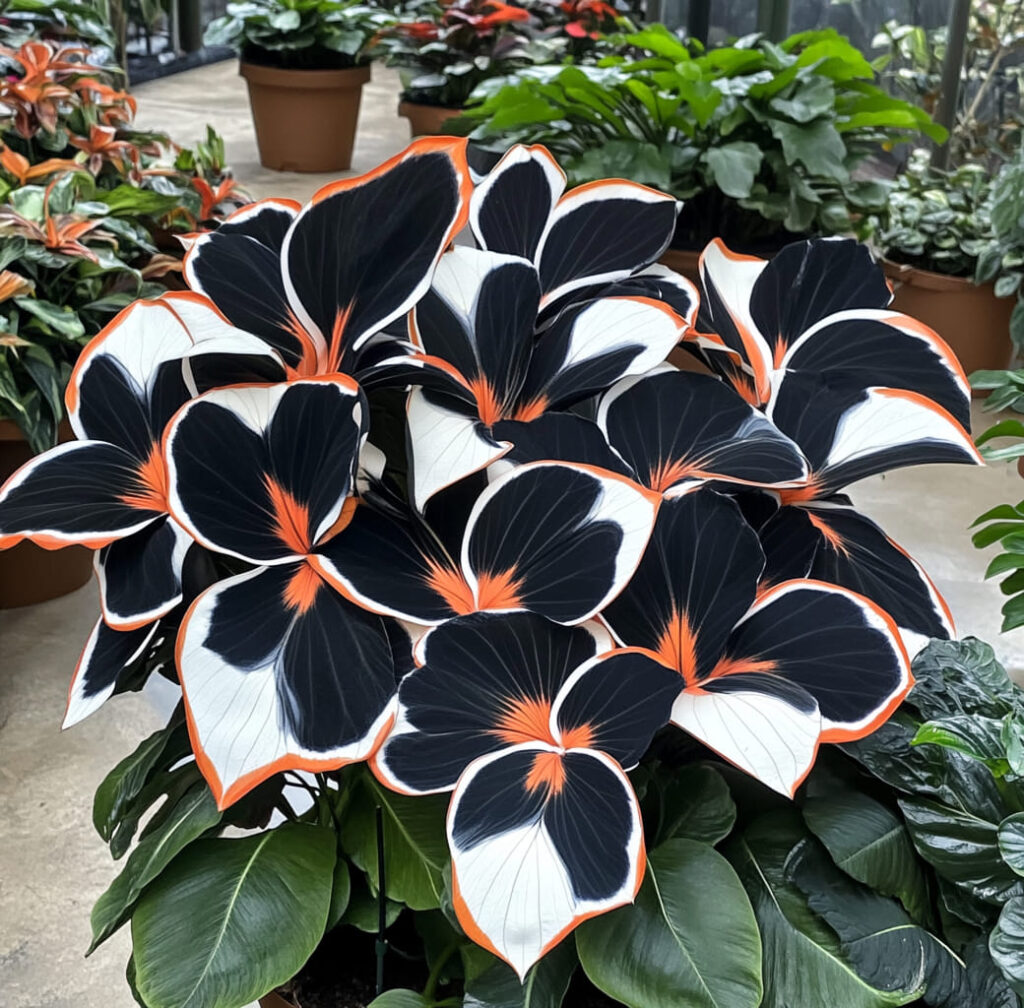
The Cyclamens of Greece, with their distinctive curved petals and vibrant hues, are not only visually captivating but also play a crucial role in their local ecosystem. These resilient flowers thrive in the rugged Mediterranean landscapes, providing sustenance and habitat for a host of pollinators, from bees to butterflies. By cultivating and preserving Cyclamen-rich gardens, we can foster a thriving biodiversity that benefits the delicate balance of the natural world.
The Cherry Blossoms of Japan, renowned for their ethereal beauty and fleeting bloom, hold a deeper significance in their cultural and ecological relevance. These delicate flowers serve as a reminder of life’s fragility and the importance of mindfulness, as their vibrant display lasts only a short time before gracefully falling to the ground. Beyond their visual splendor, Cherry Blossoms are integral to the local ecosystem, providing nectar and pollen for a variety of pollinators, thus contributing to the overall health and resilience of the natural environment.
A Visual Journey Through Nature’s Finest Blooms
For those seeking an immersive experience, envision embarking on a journey through stunning locales renowned for their floral displays. Imagine exploring fields filled with Cyclamens in Greece or witnessing the surreal beauty of cherry blossoms in Japan—a reminder of life’s fragility and fleeting moments. Each destination offers travelers a rich tapestry of flora, creating memories intertwined with scents, colors, and the overall ambiance of natural beauty, inviting introspection about mindfulness and appreciation of the present moment.
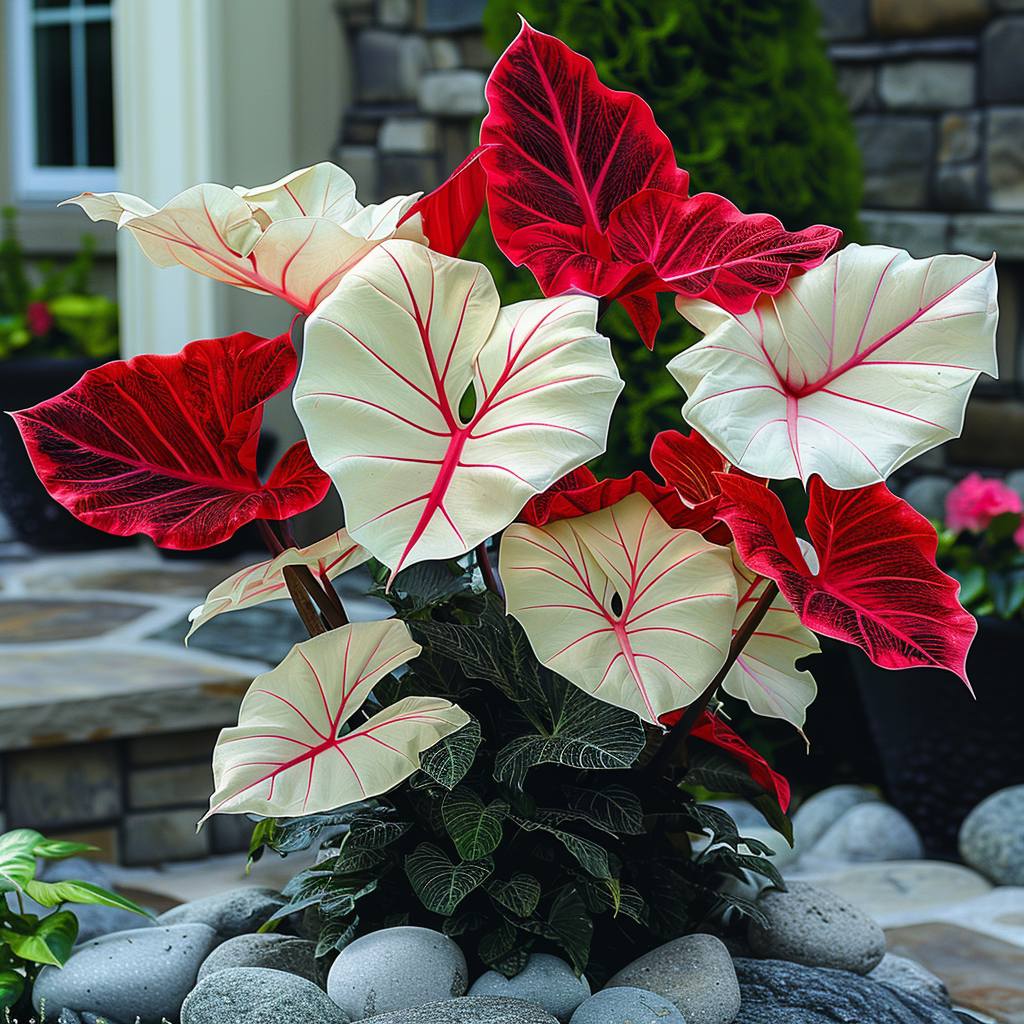
The Tulips of the Netherlands, with their vibrant hues and elegant silhouettes, have long captivated the hearts of both locals and visitors. Strolling through the meticulously curated tulip fields, one can’t help but feel a sense of wonder and reverence for the natural world. These blooms, which have been woven into Dutch culture for centuries, serve as a testament to the power of human ingenuity and the desire to cultivate and share the beauty of nature.
In the lush, tropical regions of South America, the Orchids reign supreme, showcasing their remarkable diversity and adaptability. From the cloud forests of Ecuador to the rainforests of Brazil, these exotic flowers thrive in a variety of habitats, captivating visitors with their intricate designs and captivating hues. Exploring these floral wonderlands offers a glimpse into the resilience and interconnectedness of the natural world, inspiring a deeper appreciation for the delicate balance that sustains our planet.
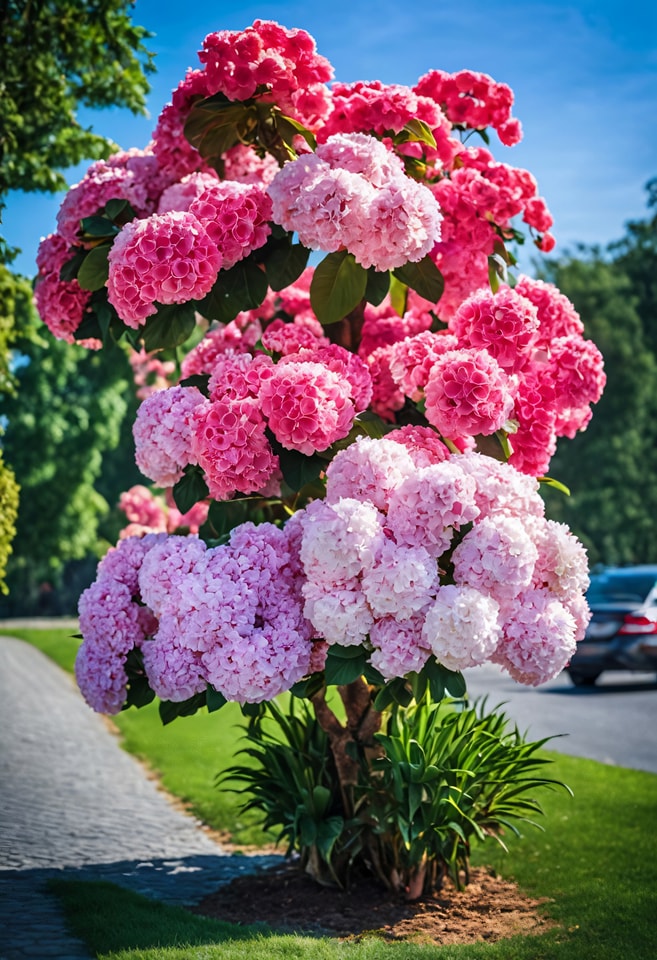
Reflection on Human Connection
In essence, the exploration of the 20 most beautiful flowers results in a fusion of human emotion, cultural significance, and nature’s wonder. They compel us to reflect on our engagements with nature; do we simply observe from afar, or do we cultivate relationships with these majestic beings? Each glance at a vibrant bloom could remind us to appreciate the present, nurture our connections, and perhaps even find deeper meanings within ourselves. As we walk through gardens or fields filled with these stunners, like the breathtaking representations in the guides curated by and , we are invited to step beyond admiration and engage with the deeper stories inherent in each petal and leaf.
Conclusion
The world’s most beautiful flowers serve as a testament to the boundless creativity and resilience of nature. From the elegant Camellia to the regal Iris, these stunning blooms captivate our senses and inspire us to explore the intricate connections between aesthetics, culture, and ecology. As we delve into their stories, we are reminded of the profound impact these floral wonders have on our lives, our communities, and the delicate balance of the natural world. By cultivating a deeper appreciation for these exquisite creations, we can unlock a world of wonder, foster a sense of mindfulness, and ultimately, strengthen our own bonds with the living, breathing tapestry of our planet. Back Viết tiếpNext




